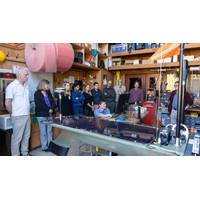
Sonardyne Holds Seabed Deformation Technical Workshop
experiences and how its GNSS-A and AZA instruments can be further improved to meet future needs.These included; Ocean Networks Canada, U.S. Geological Survey (USGS), Georgia Institute of Technology, Woods Hole Oceanographic Institution and the University of Washington, as well as our hosts Scripps Institution of Oceanography in California. As well as providing the stunning backdrop for this event, Scripps Institution of Oceanography furnished instruments for the workshop from the large pool of our equipment.GNSS-A and AZA are two independent technologies that are providing scientists with a ground-breaking
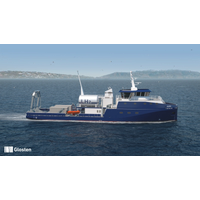
Glosten, Siemens Energy Select Key Equipment Vendors for World's First Hydrogen-hybrid Research Vessel
Power Systems and Chart Industries as primary equipment vendors for their design of what will be the first hydrogen-hybrid research vessel in the world. The vessel, nominally known as the CCRV, is currently in the design phase and will be owned and operated by UC San Diego’s Scripps Institution of Oceanography (Scripps). Ballard Power Systems will provide the fuel cells which will help power the vessel, and Chart Industries will provide the cryogenic tank and fuel gas system where the liquid hydrogen fuel will be bunkered and conditioned for the fuel cells—both essential components
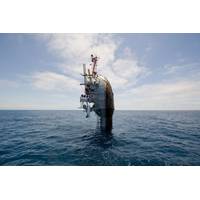
US Navy-owned FLIP Research Platform Retired from Service
watched as FLIP was towed, at sunset, to a dismantling and recycling facility. Last month, a formal good-bye ceremony was hosted by the Marine Physical Laboratory at the University of California, San Diego (UCSD).Still, FLIP — which was owned by the U.S. Navy and managed by Scripps Institution of Oceanography at UCSD — boasts a proud legacy and represents a golden age of oceanography that saw a renewed focus on ocean exploration, the creation of new fields of study, and greater public appreciation of the scientific and strategic importance of the ocean.“Over its career, FLIP
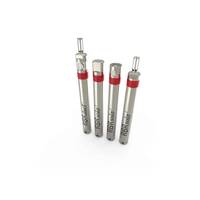
Lander Lab 8: Titanium and Ocean Landers
have less strength due to porosity and lack of grain structure found in wrought material.Acknowledgements: The author gratefully acknowledges the contributions of Michael May, Decisive Testing; Mike Gomper (Clint Precision Manufacturing); Reed Jackson (RJ Machine); Rob Klidy, Manager, Scripps Institution of Oceanography/UCSD Machine Shop, Stephen Dexter “Handbook of Oceanographic Engineering Materials”; R. Frank Busby “Manned Submersibles”
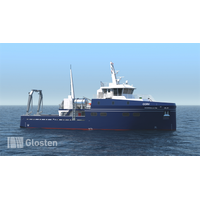
ABS to Class Scripps' New Research Vessel
A hydrogen-fueled research vessel commissioned by the University of California San Diego’s Scripps Institution of Oceanography will be built to ABS Class.Designed by Glosten, the vessel will feature a new hydrogen-hybrid propulsion system that integrates hydrogen fuel cells alongside a conventional diesel-electric power plant, enabling zero-emission operations. The design is scaled so the ship will be able to operate 75% of its missions entirely using hydrogen. For longer missions, extra power will be provided by diesel generators.The 150-foot vessel will be equipped with advanced instruments
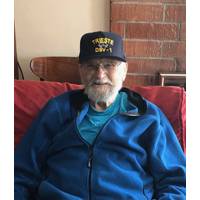
In Memoriam: E. John Michel, MRCM (DV) USN (Ret), Chief-of-the-Boat, Bathyscaph Trieste
served as an inspiration to younger crew: demonstrating a commitment to high standards, the willingness to accept extraordinary challenges, and core belief he had the right stuff to solve the most seemingly complex problems, then move them into the “done” column.By Kevin Hardy, Scripps Institution of Oceanography/UCSD (Ret)In lieu of flowers, John’s family requests donations be made to the U.S. Navy Divers Memorial at Miramar National Cemetery, San Diego.A Celebration of Life is planned for February 19 in San Diego. Details to follow. For further information, CLICK HERE or

Lander Lab #5: Lithium Polymer Batteries
the ESR, but would trust the ESR as a better instrument for this important task. ($19, at Tenergy Power)UNOLS on Shipboard LiPo safetyFour University-National Oceanographic Laboratory System (UNOLS), WHOI and USN documents maybe found at https://www.unols.org/documents/batteries.Scripps Institution of Oceanography has a similar document at https://scripps.ucsd.edu/sites/scripps.ucsd.edu/files/basic-page-ships/field_attachment/2015/SIO.ShipboardLithiumBatteryGuidelines.Nov-2014.pdfShipping:IATA UN 38.3 restrictions apply. Good tip: Do not modify the LiPo batteries in anyway, and the UN 38.3 test
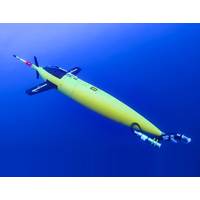
New Tech Frontiers for Ocean Gliders
As well as for research work, this capability to track biological elements could also be used in fisheries or in oil and gas, he says (ConocoPhillips is among the financial supporters of the project).To date, putting biological sensors on commercial gliders hasn’t been done, he says. Scripps Institution of Oceanography had developed the Zooglider, which takes images and acoustic measurements of zooplankton (a key element of the aquatic food chain), but this was a research project and nothing has been developed in the commercial realm.A project, called Bridges, which ran 2015-2019, had focused on
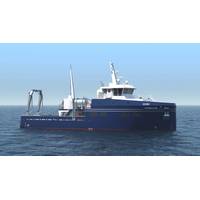
Glosten Tapped to Design Scripps' New Hydrogen-hybrid Research Vessel
UC San Diego’s Scripps Institution of Oceanography today announced that naval architecture and marine engineering company Glosten has been selected as the naval architect for the university’s new California coastal research vessel. The new vessel will feature a first-of-its-kind hydrogen-hybrid propulsion system.Selected after participating in the university's request for proposal process, Glosten will provide the preliminary design, contract design and detailed design for the research vessel to be operated by Scripps Oceanography.“This vessel will be the first of its kind



 February 2024
February 2024





